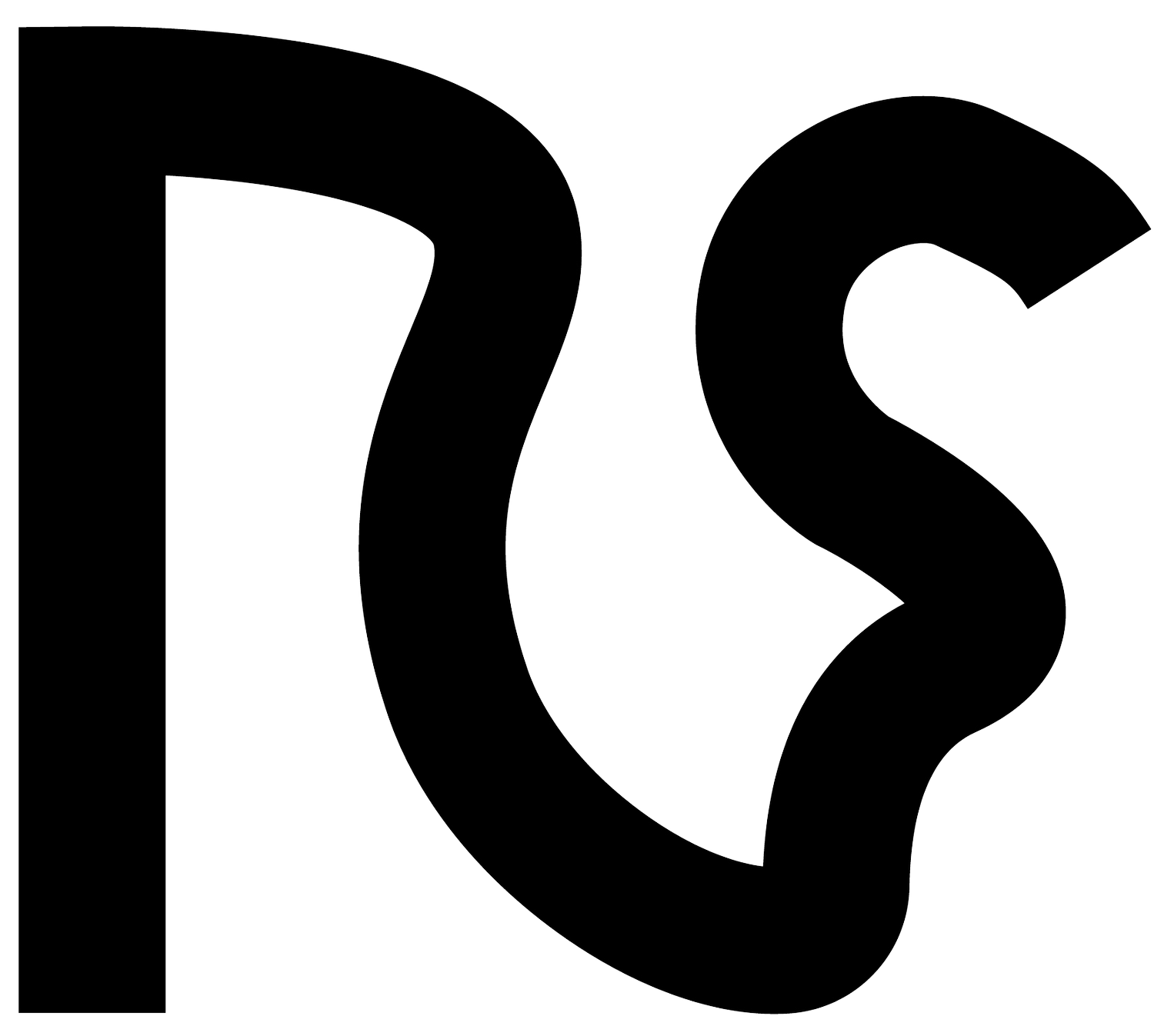Manifest:
Sustainability is not something you can shop your way out of, but implementing structural changes to the way we produce and administer fashion businesses, is inherent to a more cohesive future, with planetary boundaries and human wellbeing in mind.I design clothing with our body in mind with craftsmanship, a careful curation of materials and an acute focus on transparency. Clothes for you, made to last and with the responsibility of sustainable action on the shoulders of the business, not the buyer.
Thank you for your support <3
Made to order:
WhyWaste? has no stock of products and a limited stock of carefully sourced deadstock and wasted yarns. All pieces are developed through both years and months of research and thoughtful creative development. With no harsh deadline pieces are a result of a constant exploration of my own creative process and craftsmanship to create pieces made to support the body. Samples, which were developed as part of the design process, but not final pieces have been unraveled and the material reused, for new samples or final pieces.
Each month a limited amount of pieces will be for sale. As orders are carefully handmade, they will be produced within 21 days unless otherwise is noted in the product description.
Made to order is a an integral part of why I feel comfortable producing more “stuff” under my own name. Underlining the importance of new business models which are structurally different to the overproduction and burning of unsold garments (which will be made illegal in the EU by 2025, luckily) of the regular fashion business model. My hope is, that similar structural changes such as made to order, reusing samples & unsold garments, will be a normalised part of fashion businesses
Material
Materials used are until now, found in the waste of industrial knitwear corporations, gifted from secondhandshops from my family (<3) or carefully sourced deadstock.
Deadstock has many downsides, such as lack of transparency of the welfare of the hands and environment the origin of production. Furthermore deadstock material is, if put harshly, supporting larger corporations overproduction and paying for their materials instead of them changing their businesses to purchase and waste less.
As a designer I try to avoid supporting a heightened demand for virgin materials which is why I have chosen to work with these sources of material instead. Keeping the downsides in mind, I keep a very limited stock of yarns, and allow for color and material variations in each piece in order to not purchase for overproduction and waste.
As a designer I am specialised in sustainability and with an in depth knowledge of materials, their qualities, their environmental and social impact. More in depth writings on this topic, coming soon.


